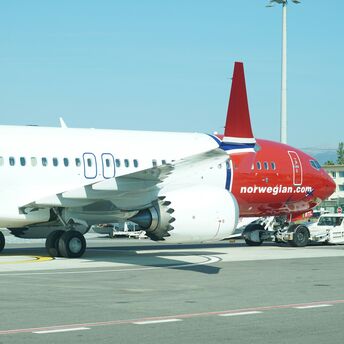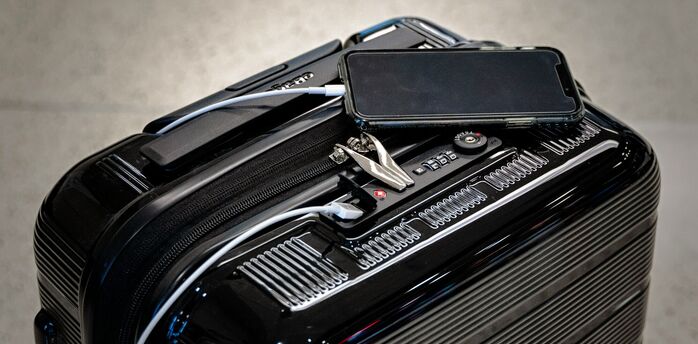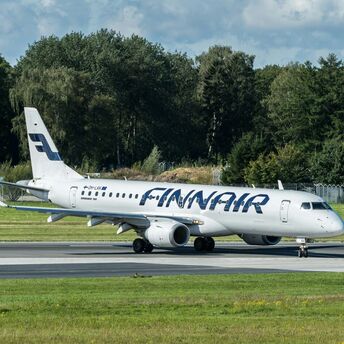Rome Fiumicino Launches New EU Entry/Exit System for Non-Schengen Travellers

Starting 12 October 2025, Rome Fiumicino Airport will begin the gradual rollout of the European Union’s new Entry/Exit System (EES). The system replaces manual passport stamping with a digital record of entry and exit for third-country nationals visiting the Schengen area for short stays of up to 90 days. The project will run alongside Milan Malpensa’s early adoption phase, under Italy’s Ministry of the Interior.
Coordinated by the Airport Border Police, the EES applies to non-EU visitors entering or leaving Schengen countries for short-term travel. It stores travellers’ biometric details and travel information, such as facial scans and fingerprints, in accordance with EU privacy rules. The new process is designed to make border checks faster and more reliable, while helping to prevent overstays and support better control for those using biometric passports.
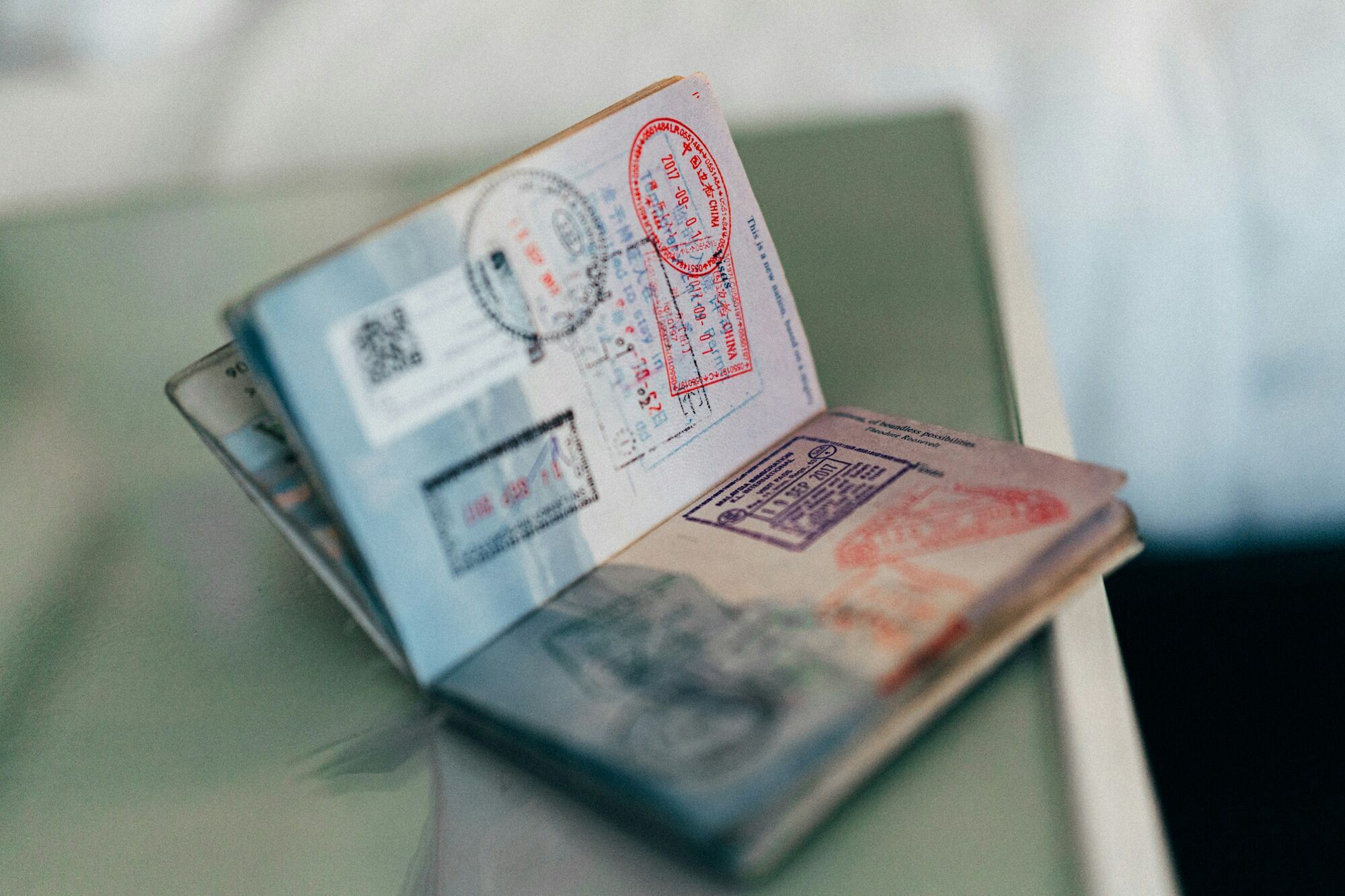
Since July 2024, Aeroporti di Roma has added 210 self-service kiosks at Fiumicino and Ciampino airports. These kiosks let passengers complete their registration before reaching passport control. From 20 October, Ciampino will also start using the new system, with 22 kiosks already prepared. Staff will be on hand to assist, and new signs will be in place to explain each step of the updated border process.
The new EES system will make border checks quicker and more straightforward for visitors from outside the Schengen area. Travellers coming to Italy for work, holidays, or connecting flights will be able to move through passport control more easily, using clear self-service stations available in several languages. A central EU online portal will also allow travellers to check how many days remain on their permitted stay.
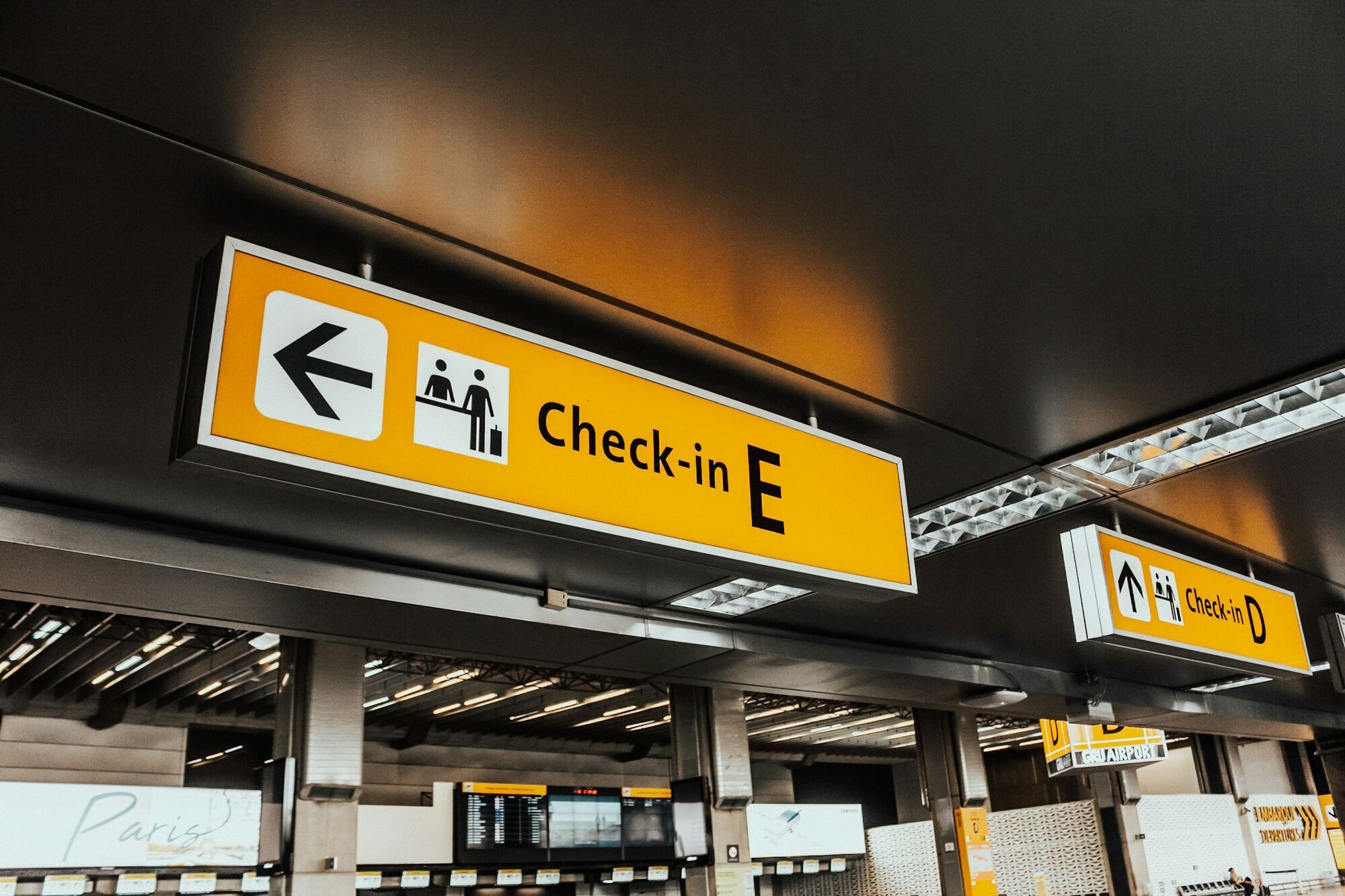
Europe is preparing to handle border crossings in a more organised way. The new Entry/Exit System replaces the old process of passport stamping with digital records, making travel more predictable for visitors and more reliable for border officers. It is expected to bring the same procedures to every Schengen country, ensuring that travellers’ information is checked quickly and accurately while maintaining strong data protection standards throughout the European Union.








